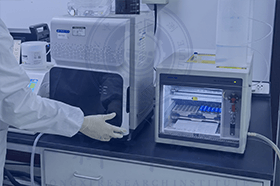检测项目(部分)
燃烧性能
抗渗水性
表面抗湿性
检测样品(部分)
纺织织物
检测标准(部分)
This test method can be used for acceptance testing of commercial shipments but comparisons should be made with caution because estimates of between-laboratory precision are incomplete.
5.1.1 If there are differences of practical significance between reported test results for two laboratories (or more) comparative tests should be performed to determine if there is a statistical bias between them using competent statistical assistance. As a minimum use samples for such comparative tests that are as homogeneous as possible drawn from the same lot of material as the samples that resulted in disparate results during initial testing and randomly assigned in equal numbers to each laboratory. The test results from the laboratories involved should be compared using a statistical test for unpaired data at a probability level chosen prior to the testing series. If bias is found either its cause must be found and corrected or future test results for that material must be adjusted in consideration of the known bias.
Elongation is an indication of the ability of a fiber to absorb energy. The elongation of textile materials must be great enough to withstand strains experienced in processing and end use and to absorb the energies of applied forces repeatedly.
1.1 This test method covers the determination of the breaking strength and elongation of textile webbing tape and braided materials using a split-drum type specimen clamp.
1.2 This test method is limited to materials with a maximum width of 90 mm (3.5 in.) and a maximum breaking strength of no more than 89000N (20000 lb).
1.3 The values stated in either SI units or U.S. Customary units are to be regarded separately as standard. Within the text the U.S. Customary units are given in parentheses. The values stated in each system are not exact equivalents; therefore each system shall be used independently of the other.
This standard does not purport to address all of the safety concerns if any associated with its use. It is the responsibility of the user of this standard to establish appropriate safety and health practices and determine the applicability of regulatory limitations prior to use.
1.1 This test method covers the determination of the amount of fabric stretch and fabric growth after a specified extension and held for a specified time.
1.2 While this method can be used for any fabric knit fabrics having high stretch are better measured by test method D2594.
1.3 This test method should not be used to measure the breaking strength and elongation of woven fabrics which is covered in Test Methods D5034 and D5035.
1.4 The values listed in either SI units or inch-pound units are to be regarded separately as the standard. Within the text the inch-pound units are shown in parentheses. The values stated in each system are not exact equivalents; therefore each system shall be used independently of the other. Combining values from the two systems may result in nonconformance with specification.
1.5 This standard does not purport to address all of the safety concerns associated with its use. It is the responsibility of the user of this standard to establish appropriate safety and health practices and determine the applicability of regulatory limitations prior to use.

检测资质(部分)










检测优势
检测实验室(部分)



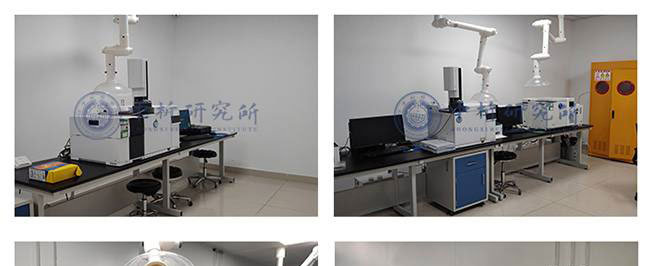
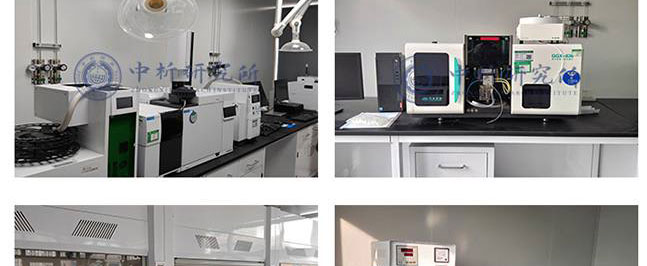
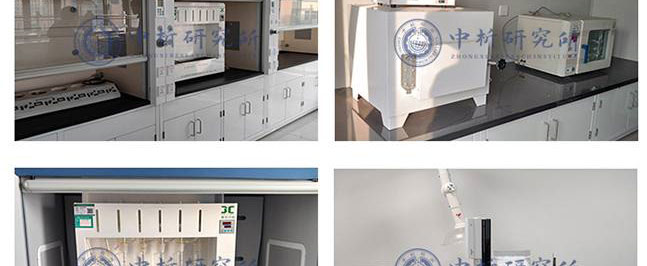
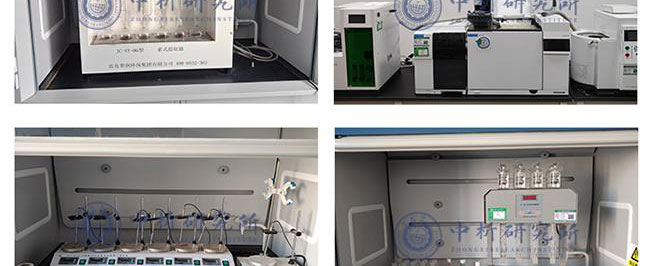
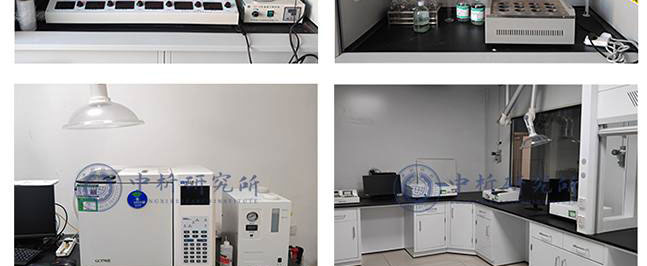
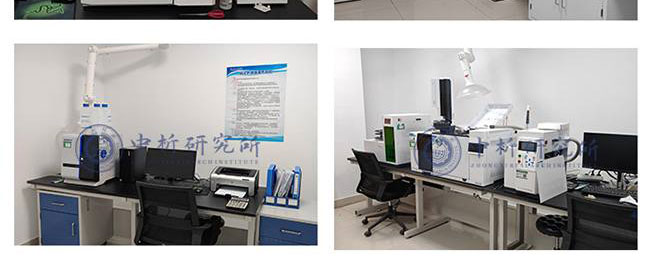
合作客户(部分)





检测报告作用
1、可以帮助生产商识别产品的潜在问题或缺陷,并及时改进生产工艺,保障产品的品质和安全性。
2、可以为生产商提供科学的数据,证明其产品符合国际、国家和地区相关标准和规定,从而增强产品的市场竞争力。
3、可以评估产品的质量和安全性,确保产品能够达到预期效果,同时减少潜在的健康和安全风险。
4、可以帮助生产商构建品牌形象,提高品牌信誉度,并促进产品的销售和市场推广。
5、可以确定性能和特性以及元素,例如力学性能、化学性质、物理性能、热学性能等,从而为产品设计、制造和使用提供参考。
6、可以评估产品是否含有有毒有害成分,以及是否符合环保要求,从而保障产品的安全性。
检测流程
1、中析研究所接受客户委托,为客户提供检测服务
2、客户可选择寄送样品或由我们的工程师进行采样,以确保样品的准确性和可靠性。
3、我们的工程师会对样品进行初步评估,并提供报价,以便客户了解检测成本。
4、双方将就检测项目进行详细沟通,并签署保密协议,以保证客户信息的保密性。在此基础上,我们将进行测试试验.
5、在检测过程中,我们将与客户进行密切沟通,以便随时调整测试方案,确保测试进度。
6、试验测试通常在7-15个工作日内完成,具体时间根据样品的类型和数量而定。
7、出具检测样品报告,以便客户了解测试结果和检测数据,为客户提供有力的支持和帮助。
以上为纺织织物检测的检测内容,如需更多内容以及服务请联系在线工程师。








